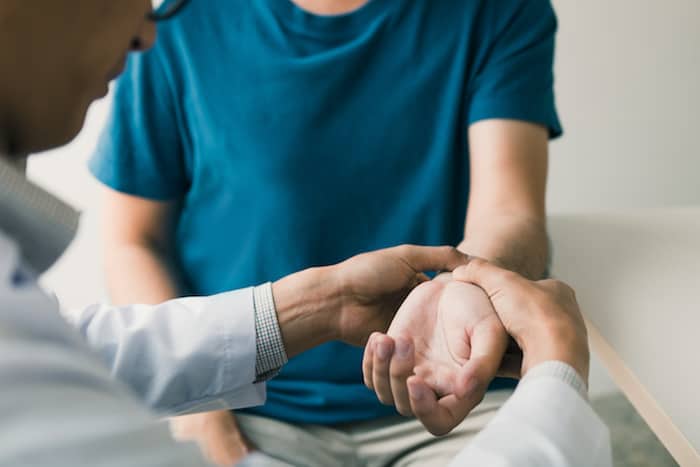Basic first aid procedures can help someone go a long way through a medical crisis by the same time the paramedics arrive, or you get them to the hospital. And, that’s the reason it is best to prepare for these events through first aid training.
Until you’re able to get through professional training, you can learn some basic first aid procedures. By doing so, you’ll be able to respond to the sick and needy in the right way, especially when someone is in dire need of immediate medical treatment.
Hypothetically, your family member is encountering a problem, and calling a doctor isn’t possible. Well, the reasons for not having a professional come could be many- there can be an ice storm, or you’re away on a wilderness trek. Thus, it is wise to have apt training and essential medical supplies to relieve the needy.
Curious to get out of a pinch? If yes, then knowing the necessary to-dos holds vitality, and stick on to learn more:
- When a Ring has Stuck on Your or Family Member’s Finger:
Sometimes, calling a doctor is not possible. Thus, a popular tip from medical professionals tables’ is to cut a long piece of dental floss. All you’ve to do is turn the ringed hand palm up. Now hold the end of the floss in place using the thumb of a ringed hand. Using the other end of the string, wrap the floss tightly around the finger and move it towards the fingertip.
Well, the goal of undertaking the procedure is to squeeze the swelling towards the tip. By doing so, you’ll be able to make your finger skinny, and the ring will quickly come out. Also, you can avoid using it altogether by taking the ring out of the injured finger before swelling occurs.
- When You or Somebody Else is Bleeding:
Direct pressure tends to stop over 90 percent of wounds from bleeding.
You need to search for a clean cloth and press the same direction on the wound. Hold it there for several minutes, and you’ll see a gradual stoppage in bleeding. Medical experts suggest adding medical-grade manuka honey bandages, scissors, ointments, and cream to your home first aid kit. By doing so, you’ll be able to clean the wound and dress it for promoting faster as well as better healing- all conveniently. And, why not? You certainly don’t want the infection to pave a path in-between the wound.
However, if the patient is bleeding a lot, he may feel faintish and may need to sit down or lie for a bit of a while during pressure.
- When a Tick Bites:
Sometimes, people encounter tick bites, and the best way of avoiding the same is using needle-nose tweezers. All you need to do is grab the tick using tweezers, place them close to the skin, and pull them with a steady force.
You’ll see that by following these steps, you’ll be able to pull off the insect’s body and leave the head embedded in your skin.
While some people may suggest using hot matches, that isn’t a great idea. It is because by doing this, the tick may regurgitate into your body. The same ideology applies to petroleum jelly as well.
Thus, using tweezers is an ideal option.
Final Takeaways
These are some basic ways of addressing minor medical emergencies using essential accessories available at home. What’s even better is that these don’t require a doctor (unless it’s severe), and basic training can go a long way in sufficing your needs. Also, keep a first-aid kit that’s well-stocked so that you’ll be able to take things in control.
Always be prepared as awareness saves lives!
Throughout the year, our writers feature fresh, in-depth, and relevant information for our audience of 40,000+ healthcare leaders and professionals. As a healthcare business publication, we cover and cherish our relationship with the entire health care industry including administrators, nurses, physicians, physical therapists, pharmacists, and more. We cover a broad spectrum from hospitals to medical offices to outpatient services to eye surgery centers to university settings. We focus on rehabilitation, nursing homes, home care, hospice as well as men’s health, women’s heath, and pediatrics.








